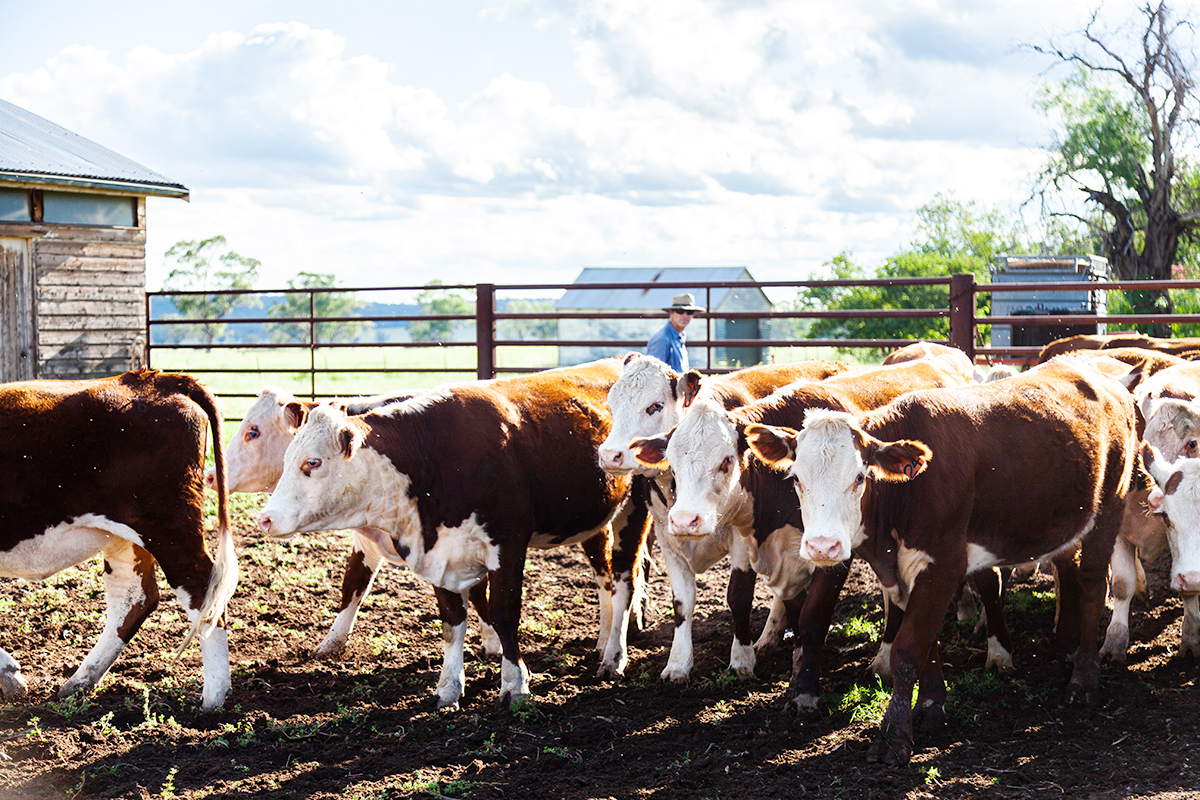
Chartered accountant GAIL FREEMAN has a client keen to know about tax deductions when it comes to owning cattle…
KEEN for an answer, Errol wasted no time in asking: “Why can’t I get a tax deduction for the $150,000 I spent on cattle for my new primary production business?”
It was a good question, but a hard one to answer simply.

“You do claim the cost of your cattle purchases, but then you have to write back the stock on hand,” I said.
“So, in your case, the cattle cost $150,000 and a calculation is done to allow for the sales, natural increase and deaths which results in a valuation of the stock on hand at $143,000. So in relation to the money spent on cattle your deduction is $7000 and you have assessable income arising from the value of the cattle you sold.
“After you allow for the other deductions, you have made a net loss on your primary production venture. However, as your other income exceeds $40,000 and you have made a loss on your primary production venture, there is a special process that you need to go through in order to be able to claim that loss.
“It is always best to get advice before you enter into such big transactions rather than after, so that you are clear on the tax consequences.”
His partner Cassie said: “I had no idea that this was the case, no wonder Errol’s tax bill is so high.”
I said: “Yes, that’s the case. The requirement is that you have to apply for the tax commissioner’s discretion to offset your primary production loss against your other income.
“You apply on a special form called ‘Application for a private ruling on the Commissioner’s discretion for non-commercial business losses’.
“You need to set out details of what your venture is, including the area of the land and how you plan to use it.
“It is prudent to attach your business plan which assists the Australian Taxation Office (ATO) to confirm that you have actually spent time examining the viability of your business.
“You also need to provide evidence of having consulted with an expert in the field of developing a cattle stud. You need to produce cash flows to explain when the business will become profitable and you can then claim your losses for the years requested once the Commissioner has approved it.”
I told them the business plan needed to be detailed and to include photos where relevant.
“You need to explain how you will market your cattle and if you propose to use the land for any other purpose,” I said.
“You need to explain what equipment you will use, its purpose in this venture and how you will finance the purchase. You also need to explain in the body of the ruling how you will do the relevant work in view of your hours spent in employment. This all needs to be very carefully thought out.
“The ATO will then examine your information and come up with their queries before providing their ruling. The ATO advises that it should take 28 days to receive the reply to your ruling, but it can take longer.”
Errol said: “Thank you, Gail. Now I am clear on what I need to do. I appreciate your guidance.”
If you need assistance with your primary production business or any other tax related matter, contact the friendly team at Gail Freeman & Co Pty Ltd on 02 6295 2844, email info@gailfreeman.com.au or visit gailfreeman.com.au
Disclaimer
This column contains general advice, please do not rely on it. If you require specific advice on this topic please contact Gail Freeman or your professional adviser. Authorised Representative of Lifespan Financial Planning Pty Ltd AFS Lic No. 229892.
Who can be trusted?
In a world of spin and confusion, there’s never been a more important time to support independent journalism in Canberra.
If you trust our work online and want to enforce the power of independent voices, I invite you to make a small contribution.
Every dollar of support is invested back into our journalism to help keep citynews.com.au strong and free.
Thank you,
Ian Meikle, editor




Leave a Reply